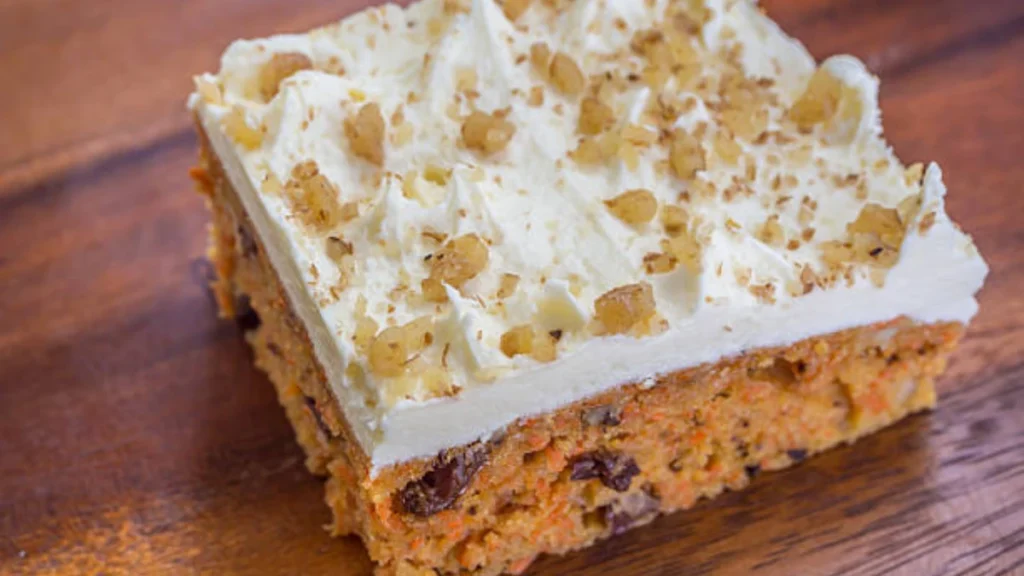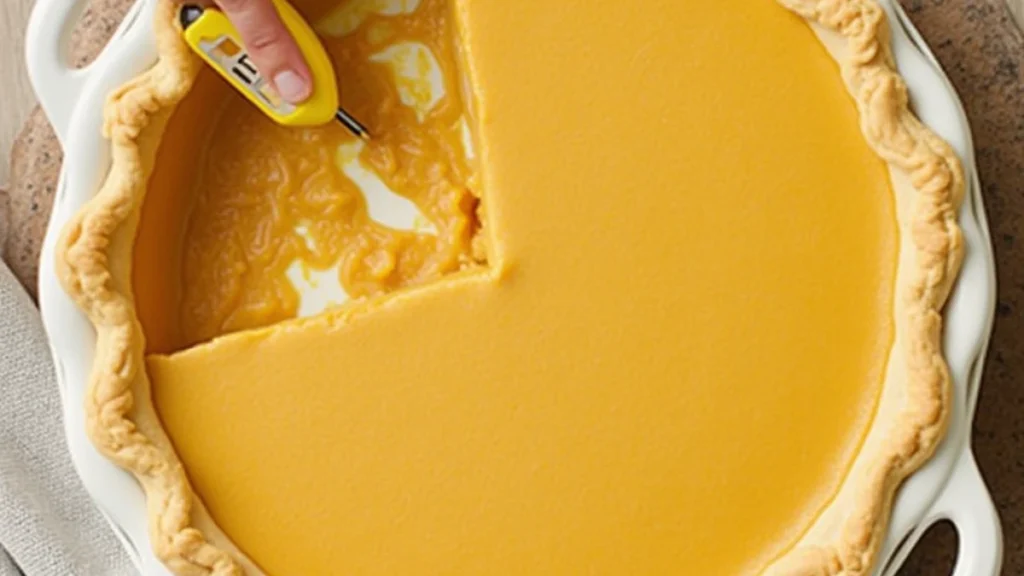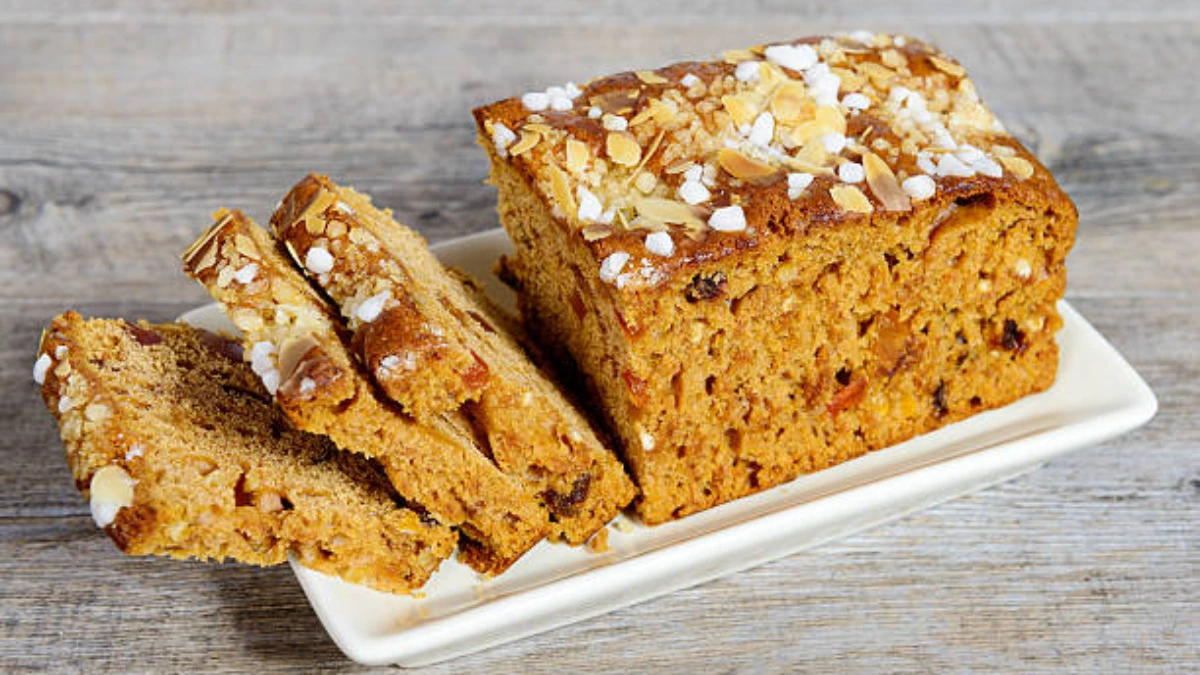Introduction
Pumpkin pie is a classic autumn dessert that has a special place in the hearts of many. But for those who follow a gluten-free lifestyle, this beloved treat can seem like a distant memory. Fortunately, the Milk Bar pumpkin pie gluten free recipe offers a game-changing solution, transforming this traditional dessert into something that anyone can enjoy. With the right techniques and ingredients, you can create a gluten-free pumpkin pie that’s just as delicious, smooth, and satisfying as the original. This guide provides easy-to-follow tips and tricks that will ensure your pumpkin pie turns out perfectly every time.
Why Milk Bar Pumpkin Pie Gluten Free is a Game-Changer
What sets the Milk Bar pumpkin pie gluten free apart from the others is its balance of flavor, texture, and simplicity. It takes the essence of a classic pumpkin pie and reimagines it with the kind of modern twist that Milk Bar is known for. The result is a pie that remains decadent, creamy, and rich while being accessible to those who need to avoid gluten. This gluten-free version doesn’t compromise on taste or texture, which makes it a perfect dessert for every guest at your table, whether they have dietary restrictions or not.
What Makes This Recipe Special for Gluten-Free Bakers
This recipe is designed with the gluten-free baker in mind, eliminating the trial and error often associated with gluten-free baking. It uses easily accessible ingredients and methods that simplify the process without sacrificing flavor. The key lies in understanding how to work with gluten-free substitutes, selecting the right pie crust, and achieving the perfect balance in the filling. The unique combination of these elements makes the recipe not only delicious but also forgiving, allowing bakers of all experience levels to achieve impressive results.
Tip 1: Choose the Right Ingredients for a Gluten-Free Pie
The foundation of any great gluten-free pie lies in the ingredients. Using the right products will ensure that the crust holds together well, the filling sets perfectly, and the flavors come through as intended.
Understanding Gluten-Free Flour Options for a Perfect Crust
When it comes to gluten-free pies, the type of flour you use can make all the difference. Unlike traditional all-purpose flour, gluten-free flours have different textures and behaviors in baking. For a pie crust that holds together and bakes evenly, a blend of gluten-free flours—such as rice flour, almond flour, and a gluten-free all-purpose flour blend—is ideal. These blends mimic the texture of wheat flour while adding richness and a slightly nutty flavor. Be sure to choose a gluten-free flour blend that includes xanthan gum or guar gum to help bind the dough together.
Exploring Gluten-Free Pie Crust Alternatives
While traditional pie crusts rely on gluten to provide structure, gluten-free crusts often require more creativity. You might consider using almond flour or coconut flour as the base for your crust. These flours offer a more delicate, crumbly texture that complements the rich pumpkin filling. Another option is a graham cracker crust made with gluten-free crackers, providing a sweet, crunchy base that contrasts nicely with the smooth pie filling.
How to Find the Best Dairy-Free and Gluten-Free Substitutes
For those who are also avoiding dairy, selecting the right substitutes is crucial. Instead of butter, use a plant-based butter substitute or coconut oil. These fats create a similarly flaky crust and contribute to a rich mouthfeel. For the filling, coconut milk or almond milk work wonderfully as replacements for cream or evaporated milk, maintaining the creamy texture of the traditional recipe without the use of dairy.
Selecting Fresh, High-Quality Pumpkin for Maximum Flavor
Fresh pumpkin purée will give your pie an exceptional flavor that canned pumpkin can’t match. Look for small sugar pumpkins, also known as pie pumpkins, which have a sweeter, more concentrated flavor. Roasting your own pumpkin ensures that you control the texture and sweetness. Simply slice the pumpkin, roast it until tender, and then purée it to a smooth consistency. This small extra effort makes a noticeable difference in the final product.
Tip 2: Perfecting the Pumpkin Filling
The filling is where the magic happens in a pumpkin pie. Ensuring that it has the right consistency and flavor balance is essential for a truly satisfying pie.
How to Achieve the Right Consistency for Pumpkin Pie Filling
The filling should be smooth, thick, and slightly dense without being overly stiff. To achieve this, be sure to drain any excess liquid from your homemade pumpkin purée, as too much moisture can result in a watery pie filling. For added thickness, eggs play a crucial role, helping the filling to set properly during baking. A perfectly set filling should jiggle slightly when you shake the pie, but it should not be runny.
The Importance of Spices in a Gluten-Free Pumpkin Pie
Pumpkin pie is known for its warm, comforting spice profile. The traditional blend of cinnamon, ginger, nutmeg, and cloves is key to creating that signature flavor. Use freshly ground spices when possible for a more intense flavor. Don’t be afraid to adjust the spices to your personal preference, perhaps adding a little extra cinnamon for warmth or a pinch of allspice for depth.
Balancing Sweetness for the Ideal Flavor Profile
The right amount of sweetness is crucial to achieving a balanced pie. The natural sweetness of pumpkin should be complemented, not overpowered, by sugar. Start with a modest amount of sugar and taste your filling before adding more. You can also experiment with alternative sweeteners like maple syrup or coconut sugar, which add complexity and a deeper flavor compared to traditional white sugar.
Tips for Blending Ingredients Smoothly Without Overmixing
When preparing the filling, it’s important to blend the ingredients until just combined. Overmixing can introduce air into the filling, causing it to crack during baking. Use a hand mixer or a whisk to gently incorporate the ingredients, ensuring a smooth, creamy texture without incorporating too much air.

Tip 3: Baking the Crust to Perfection
A well-baked crust is essential for a flawless pie. Getting the crust just right can be tricky, but with a few simple techniques, it’s easy to achieve.
How to Blind Bake a Gluten-Free Pie Crust
Blind baking involves pre-baking the pie crust before adding the filling. This is crucial for ensuring the crust is fully cooked and not soggy. To blind bake, line the crust with parchment paper or aluminum foil, then fill it with pie weights or dried beans. Bake for about 15-20 minutes at 375°F, then remove the weights and continue baking for another 5-7 minutes until the crust is golden.
The Best Techniques for Preventing a Soggy Bottom
A soggy crust can ruin even the most perfectly made pie. To prevent this, make sure the crust is fully baked before adding the filling. You can also brush the crust with a thin layer of egg wash or melted butter before baking to create a barrier that helps seal the crust and prevents moisture from seeping in.
How Long to Bake the Crust Before Adding the Filling
Blind bake the crust until it’s set and lightly browned, but not fully crisp. This ensures that the crust won’t absorb too much moisture from the filling and become soggy. Once the filling is added, the pie can bake at a lower temperature to allow the filling to set without overcooking the crust.
Troubleshooting Common Pie Crust Issues (Cracks, Shrinking, etc.)
Gluten-free pie dough can be more prone to cracking and shrinking during baking. To avoid these issues, be gentle when rolling out the dough and allow it to rest in the fridge for at least 30 minutes before baking. If your crust cracks, simply patch it up with a little extra dough and bake as usual. If your crust shrinks, consider adding a bit more fat or water to the dough to improve its texture.
Tip 4: Baking and Cooling for the Ideal Texture
The final step is all about baking and cooling the pie to achieve the ideal texture—creamy and smooth filling with a firm crust.
How to Know When the Milk Bar Pumpkin Pie is Fully Baked
Knowing when the pie is done can be tricky. The filling should be firm but slightly jiggly in the center. A toothpick inserted into the filling should come out clean but with a bit of residue. If the filling is still liquid, continue baking for an additional 5-10 minutes, checking periodically.
Why Cooling is Essential for the Perfect Texture and Slice
After baking, let the pie cool completely to allow the filling to set. Cooling helps to firm up the pumpkin filling, making it easier to slice and serve. A warm pie may fall apart when sliced, so patience is key.
The Importance of Letting the Pie Rest Before Serving
Letting the pie rest before serving is essential for flavor development. Allowing the pie to sit at room temperature for at least an hour ensures that the flavors meld together, creating a more cohesive and satisfying taste. This also helps the texture settle, so you get the perfect slice every time.
How to Store Leftover Pumpkin Pie for Optimal Freshness
Store leftover pie in the refrigerator, covered with plastic wrap or foil. To preserve the texture, it’s best to consume the pie within 3-4 days. If you plan to freeze it, make sure to wrap it tightly in plastic and foil before freezing. When ready to serve, thaw the pie overnight in the fridge and reheat it in a low oven for best results.
Additional Tips and Tricks for Success
There are several small details that can elevate your Milk Bar pumpkin pie gluten free from good to extraordinary.
How to Make Your Milk Bar Pumpkin Pie Gluten Free Look Gorgeous
Presentation matters, especially for a special dessert. Use a fluted pie dish for clean edges and consider adding a decorative topping, like whipped cream, toasted nuts, or a sprinkle of cinnamon.
The Role of Eggs in a Perfect Pumpkin Pie Texture
Eggs act as the binder and stabilizer in the pumpkin pie filling. They contribute to the smooth, creamy texture and help the filling set as it cools.
Tips for Making a Larger Batch for Big Holiday Gatherings
If you’re making a larger batch for a gathering, consider baking the pie in a 9×13-inch pan instead of a standard pie dish. Just adjust the baking time and keep an eye on the consistency.
How to Adjust the Recipe for Special Dietary Needs (Vegan, Nut-Free, etc.)
This recipe can easily be modified for other dietary needs. To make it vegan, substitute eggs with flax or chia seeds, and use coconut milk or almond milk instead of dairy. For a nut-free version, replace almond flour with a gluten-free all-purpose flour blend.
Creative Toppings to Elevate Your Gluten-Free Pumpkin Pie
Add a creative touch to your pie with toppings like toasted coconut, a drizzle of salted caramel, or even a few candied ginger slices for a spicy kick. These additions will take your pie to the next level.
How to Make Mini Pumpkin Pies for Individual Servings
Mini pumpkin pies are perfect for individual servings and make a great addition to any event. Use a muffin tin and a gluten-free pie crust recipe to create personal-sized pies that everyone can enjoy.
Serving Suggestions
Pumpkin pie is a versatile dessert that pairs wonderfully with a variety of beverages and sides.
Pairing Your Milk Bar Pumpkin Pie Gluten Free with Drinks
A warm, spiced pumpkin pie pairs beautifully with a range of drinks. Try serving it with a cup of spiced chai, a rich coffee, or a lightly chilled apple cider for a comforting treat.
Best Ways to Serve Milk Bar Pumpkin Pie for Maximum Enjoyment
For the ultimate indulgence, serve your pumpkin pie with a dollop of freshly whipped cream or a scoop of vanilla ice cream. These accompaniments enhance the creamy texture and add a cooling contrast to the spices.
Troubleshooting Common Mistakes
Even the most experienced bakers can face challenges when making pumpkin pie.
What to Do If Your Pie Doesn’t Set Properly
If the filling doesn’t set, it may not have baked long enough or the ingredients may not have been blended correctly. Simply bake for a bit longer, keeping an eye on the pie until it reaches the right consistency.
How to Fix Cracked or Misshapen Gluten-Free Pumpkin Pies
If your pie cracks while baking, don’t panic. Simply top it with whipped cream or another decorative topping to hide the imperfections. If the crust is misshapen, use a pie shield to prevent overbaking.
Avoiding Common Baking Errors with Milk Bar Pumpkin Pie
To avoid over-baking or under-baking, use a thermometer to check the internal temperature of your pie. The ideal range is between 170°F and 175°F in the center of the pie.

Conclusion
Why These 4 Easy Tips Will Make Your Milk Bar Pumpkin Pie Gluten Free the Best
With these four essential tips, your gluten-free Milk Bar pumpkin pie will stand out as the best of the season. From choosing the right ingredients to perfecting the crust and filling, these steps ensure you get the ideal texture and flavor every time. This recipe is a foolproof way to enjoy the tastes of fall without any compromise.
Celebrating the Holidays with a Perfect Gluten-Free Dessert
This pumpkin pie is a perfect addition to any holiday spread. It’s a treat that everyone—gluten-free or not—can enjoy, making it a fantastic option for gatherings and celebrations.
Encouraging Experimentation with Your Own Gluten-Free Variations
While this recipe is a great starting point, don’t be afraid to experiment with different flavors or crusts. The beauty of baking is in the ability to make the recipe your own, so feel free to get creative!
FAQS
What is milk bar pie made of?
Milk Bar Pie features a sweet and salty oatmeal cookie crust filled with a rich, gooey, buttery filling. Finished with a dusting of powdered sugar and a dollop of whipped cream, this dessert is irresistibly delicious and keeps you coming back for more with every bite.
Is pumpkin pie mix gluten-free?
Pumpkin pie filling is typically gluten-free, as it usually uses cornstarch or tapioca as a thickener instead of flour. However, the crust is often the reason pumpkin pie isn’t gluten-free. For this recipe, a homemade buttery and flaky gluten-free pie crust will be used to make it suitable for everyone.
Is milk bar pie the same as crack pie?
Milk Bar Pie, previously called Crack Pie, is a dessert invented by American chef Christina Tosi in 2008 during her time at the New York City restaurant wd~50. It later became the iconic signature dish of her bakery, Milk Bar.
How unhealthy is a pumpkin pie?
Pumpkin pie is often seen as a slightly healthier option compared to apple pie. It tends to have fewer calories, fat, and carbs, along with slightly more protein. However, the differences are minor, and both are still dessert items that contain sugar, notes Nancy Mazarin, a registered dietitian from Great Neck, New York.


2 thoughts on “4 Easy Tips for Baking the Perfect Milk Bar Pumpkin Pie Gluten Free”